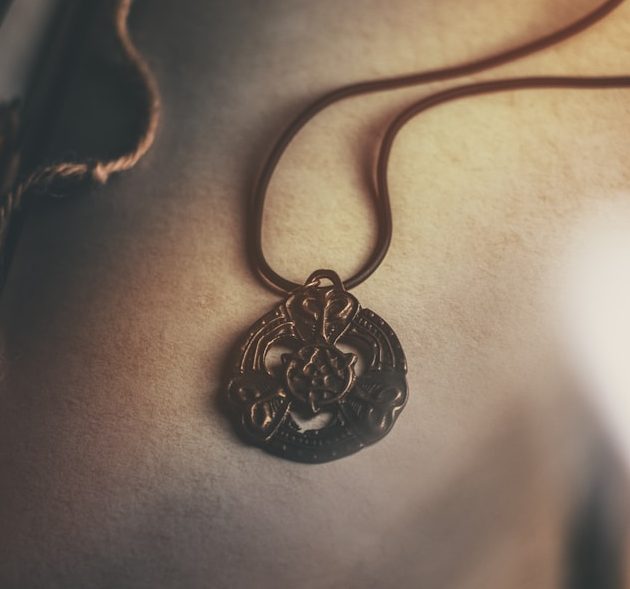Celticism in fantasy literature
The Celtic cultures of northwestern Europe, spread across Ireland, Britain, and France, have long histories with rich folklore and mythology that have inspired many tales across the years, recently being used as the foundation for many fantasy novels. Some stories use figures and events in Celtic mythology as basic inspiration for their lore and plot, while others base their entire world-building on Celtic culture. While many of these retain a respectful attitude towards the cultures they model themselves on, some could be argued to misrepresent these traditions and cause potential harm to public perceptions of the cultures.
A Song of Ice and Fire
While the principal inspiration for George R. R. Martin’s A Song of Ice and Fire series is the English Wars of the Roses, much of the story may have been inspired by Celtic folklore. The First Men, a group who are described as still worshipping ‘the Old Gods’, consider oak and yew trees to be sacred, a belief that was common among many Celtic people. Bran Stark (later the Three-Eyed Raven), one of the main characters who gains psychic powers after falling from a window and losing use of his legs, is clearly based on the Welsh mythological figure of Bran the Blessed or Bendigeidfran. This king, known from the legend Branwen Ferch Llŷr in the Welsh story collection Mabinogion, was killed in battle by a poisoned arrow, except for his head which continued to talk. His name also means crow or raven in Welsh, and he was known as the ‘god of ravens and prophecy’. Martin has stated that he carefully considered the names of the characters in A Song of Ice and Fire, and given how true his character of Bran Stark is to Bran the Blessed, it can be argued that this inspiration goes past shallow similarities and pays honest homage to the mythological figure.
Nettle and Bone
Winner of the 2023 Hugo Award for Best Novel, T. Kingfisher’s Nettle and Bone is a dark fairy tale about a young princess who seeks help from a ‘dust-wife’ to save herself and her sister from a wicked prince. This story takes inspiration from Celtic concepts of the lands of fae or faeries, as do many fantasy novels – the protagonist Marra’s descent through a passage in the earth to a goblin market reflects mythological themes of people making perilous journeys into the land of the fae, where many humans are killed or enchanted into subservience. The three tasks that Marra are given to save her sisters also have folkloric connotations: she must weave a cloak from nettles, make a dog from bones, and catch moonlight in a jar. While not as obviously inspired by specific mythological figures as A Song of Ice and Fire, this novel takes inspiration from fairy tales and legends, with traditional traits such as a godmother, but brings a modern twist to it, with a tough female protagonist who undertakes her own heroic quest to protect her family from harm.
The Cruel Prince
Upon its release, Holly Black’s young adult fantasy story was marketed as a grittier approach to Scottish folklore. The three-book series follows Jude, a human girl who is taken from her family at a young age and grows up in the land of Faerie, where she aspires to become a knight and attempts to avoid the fae gentry who torment her and her sisters. The fae in this world are separated into the Seelie (light) and Unseelie (dark) courts, showing direct inspiration from Scottish mythology. The land is also full of creatures like goblins, pixies, and imps, and the mythological creatures retain power over humans using magical devices such as glamours, faerie fruit, and poison. Even though the protagonist and her sisters regularly travel to their hometown of Portland, Maine, the land of Faerie is clearly based on Celtic mythological ideas and contains many creatures from its folklore. By modernising these concepts and relating them to a US-centric audience, Black offers a way for younger readers who may not have previously come across Celtic mythology to find an interest in its myths and stories.
A Court of Thorns and Roses
The wildly popular Sarah J. Maas’ A Court of Thorns and Roses series takes heavy inspiration from Celtic culture, with the map included at the beginning of each of the five books in the series being an almost exact copy of the British Isles. Maas uses Celtic names as the basis for many places in her world, with the two islands being called Prythian (from the Welsh name for Britain, Prydain) and Hybern (the Latin word for Ireland was Hibernia). Hybern, the island clearly based on Ireland, is presented as the main enemy of the protagonists for the majority of the series; its king is the primary antagonist, and its people are generally depicted as violent and immoral, opposing the ‘good’ characters and attempting to invade the civilised Prythian and enslave humans. The lords of Prythian are characterised as extremely beautiful and refined, while the king of Hybern is described as ruddy and bland. Readers have obviously raised concerns about the Anglocentric depiction of these cultures, and the possible effects of the hibernophobia (anti-Irish sentiment), whether intentional or accidental, that underlies the whole series. Maas’ portrayal of Irish culture in this negative manner, no matter how harmless a romantasy series like this may seem, could have a significant influence on the unconscious biases of her millions of readers.

Comments